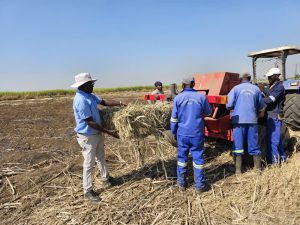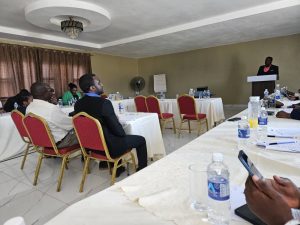EnviroPress Reporter
Despite several decades of commercial-scale mining in the chrome fields of Chirumhanzu, the district remains one of the least electrified, with the majority of people relying on firewood and this has led to deforestation.
Mining companies too are effectively clearing large tracts of land and, in the process, contributing to the massive loss of trees.
Communities of Sebakwe, Manhize, Mahamara and Netherburn have been severely affected by mining as testified by the few trees and vegetation remaining.
Central to this problem is the fact that since 1920 when mineral resources were found in the area, no meaningful action was done to extend such resultant benefits as electricity to the generality of the people.
This has led to a lop-sided distribution of development, with such benefits being centralised only around the privileged part of the mining areas.
The Forest Act, which is the principal piece of legislation governing indigenous tree resources in the country, forbids wanton destruction of trees and their commercialisation unless a license is obtained.
Sarudzai Moyo, a Netherburn community committee member, said poor communities in Chirumhanzu understand the restrictions that govern the cutting down of trees but they nonetheless continue to do it due to lack of alternative forms of energy.
“We know that the cutting down of trees is a crime but here in the rural areas, we have no alternative sources of energy. As women the burden is on us because we need to prepare food and even warm water for the children,” she said.
The Zimbabwe Electricity Transmission and Development Company in 2020 announced its plans to procure 500MW of photovoltaic solar energy sources at various locations throughout the country.
The National Development Strategy (NDS) Phase 1, which covers years 2021 – 2025, has as one of its priority areas the increase of power supply from the current installed capacity of 2317MW to 3467MW by 2025, and the construction of 280km more electricity transmission and distribution lines.
According to a report by Environmental Management Agency (Ema) Zimbabwe is losing 330 000 hectares of forestry annually as a result of deforestation.
Ema and Forestry Commission of Zimbabwe are the two foremost institutions tasked with safeguarding the country’s forests.
This project was made possible through a partnership with the Southern Africa Trust. The views expressed herein do not necessarily represent that of the Trust or its associates. www.southernafricatrust.org






